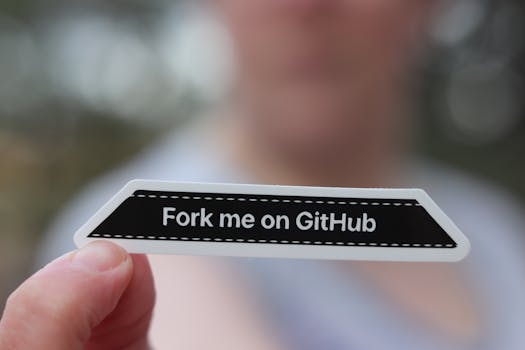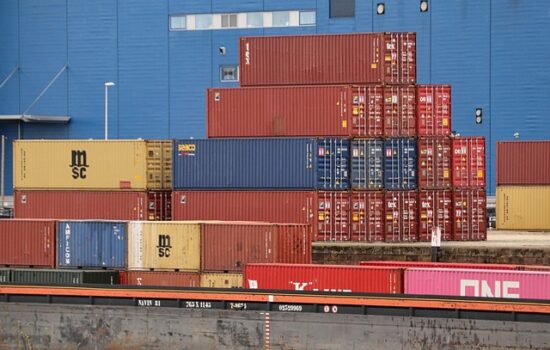⚙️ GitHub Actions Mastery: Automate CI/CD from Your Repo
🧾 Course Description
GitHub Actions is a powerful CI/CD platform built right into GitHub — allowing you to automate builds, tests, deployments, and workflows directly from your repositories.
In “GitHub Actions Mastery”, you’ll learn to write, manage, and optimize workflows using YAML syntax, reusable actions, environment secrets, matrix builds, and deployment strategies. This hands-on course is ideal for developers, DevOps engineers, and open-source maintainers who want to create fast, secure, and reliable automation pipelines.
By the end of this course, you’ll be able to automate anything — from code validation and test runs to Docker builds, cloud deployments, and Slack notifications — without leaving GitHub.
✅ Key Benefits
- ⚙️ Native CI/CD in GitHub — No external tool setup required
- 🔁 Automate Everything — Build, test, lint, deploy, notify, tag, and release
- 🧱 Modular and Reusable — Use public actions or build your own
- 🔐 Secure Deployments — Manage secrets, environments, and approvals
- 🚀 Perfect for Individuals and Teams — From solo projects to enterprise pipelines
🎯 Pre-requisites
- Familiarity with Git & GitHub (push, pull, clone, branches)
- Comfortable using basic YAML syntax
- Optional: experience with Docker, Node.js, or build tools like Maven/npm is helpful
- No prior CI/CD experience required
📚 Curriculum Breakdown
🔧 Module 1: Introduction to GitHub Actions
- What is GitHub Actions and how it compares to Jenkins/GitLab CI
- Key concepts: workflows, jobs, steps, runners, triggers
- Enabling Actions in a GitHub repo
📄 Module 2: Writing Your First Workflow
main.ymlstructure and location- Trigger on push, pull_request
- Running shell commands using
runs-on,steps, andrun - Using
actions/checkoutandactions/setup-*
🧱 Module 3: Workflow Features
- Using
env,secrets,ifconditionals - Artifacts, caching, matrix builds
- Reusable workflows and templates
🧰 Module 4: Popular Use Cases
- Run unit tests on push
- Lint and format code
- Auto-assign PR reviewers
- Tag releases and publish to npm/DockerHub
☁️ Module 5: Deployments with GitHub Actions
- Using environments and manual approvals
- Deploying to:
- Netlify/Vercel
- AWS (via IAM credentials)
- Heroku, Render, or Firebase
- Rollback strategies and monitoring tips
🧪 Module 6: Final Project
- CI/CD Pipeline for a Node.js or Python app
- Run tests, lint, build, and deploy
- Store artifacts and use secrets
- Notify team via Slack or email
⏱️ Estimated Duration
| Daily Study Time | Estimated Duration | Notes |
|---|---|---|
| 2 hours/day | 8–10 days (~2 weeks) | Relaxed pace with practice |
| 4 hours/day | 4–5 days (1 week) | Focused pace + demo pipelines |
| 6 hours/day | 2–3 days (bootcamp) | Full immersion + project-ready |
🎓 Outcome
By the end of GitHub Actions Mastery, you will:
- Automate testing, deployment, and DevOps workflows from within GitHub
- Write and manage reusable YAML-based workflows
- Securely handle credentials and secrets in real-world projects
- Be ready to implement CI/CD pipelines for solo projects, teams, and open-source contributions




